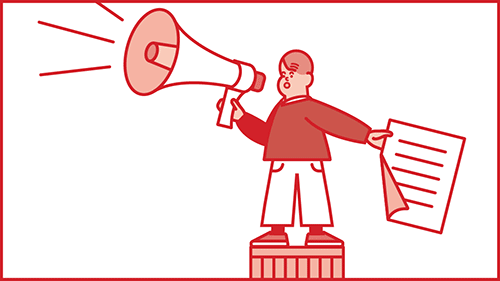Never miss a story — sign up for PLANSPONSOR newsletters to keep up on the latest retirement plan benefits news.
Dealing with Stress, Burnout in the HR, Benefits Department
With fatigue and exhaustion on the rise among HR leaders, plan sponsors are tasked with managing the stresses that their benefits teams face while also prioritizing the needs of their participants.
As staff members in the HR and benefits department often wear multiple hats, from overseeing an organization’s retirement plan to managing a company’s health care benefits, it is easy for these workers to feel overwhelmed, stressed and burnt out at times.
For plan sponsors, who are often in charge of leading these teams, it is important to be aware of the challenges that HR and benefits staff members face daily and not blur the line of fiduciary responsibility with these employees.
According to a recent survey conducted by HR Executive, called “What’s Keeping HR Up at Night?” 76% of more than 350 HR leaders surveyed said their stress increased in 2023—including a quarter who said the increase was dramatic.
When asked what was driving this stress, the expectation to “do more with less” was a common stressor, as many HR leaders cited dealing with a heavier workload with no increase in staffing or few resources.

Rachel Huber Christman
Rachel Huber Christman, director of total rewards at the Alaska Native Tribal Health Consortium, leads the nonprofit’s benefits, compensation and HR software teams. While her teams have grown over the years, Christman says the benefits team is on the smaller side, given the size of the nonprofit.
Up until 2019, Christman says the benefits department was all paper-based, so enrollments were done on paper and people had to come in and fill out paperwork. Moving to online enrollment has helped with efficiency and taken some of the administrative burden off her staff, Christman says.
“I try to make sure that my team [is not] pushing work-life balance in the way of PTO time,” Christman says. “Obviously if you can plan for it, that’s even better … When you’re at home, be at home, don’t be thinking about work. One of my senior [colleagues] on compensation often says, ‘Yes, what we do is important—we impact people’s paychecks and their lives with retirement and benefits, but we’re not brain surgeons.’”
Christman emphasizes that being on the benefits team requires staff members to be proactive and take the time to meet with employees and explain the organization’s benefits, instead of just waiting for employees to come to HR with questions. To avoid staff members feeling burnt out, if she notices that some members of her team have not taken time off in a while, Christman encourages them to do so to recharge.
In addition, Christman says it is important for team members to be detail-oriented and remain alert while on the job.
“If you enter a Social Security number wrong or if you don’t understand all the nuances of plan design, it can get us into trouble quickly,” Christman says. “Being very detail-oriented is probably one of the biggest things I like to see in [job candidates].”
As a plan sponsor, Christman adds that she is careful about not blurring the line of fiduciary responsibility with her team members.
“I don’t want fiduciary liability to fall on any of my people,” Christman says. “As far as making fiduciary decisions, I try very hard, especially at the administrator level, to not blur that line … If you are considered a fiduciary, you can be personally held liable … and I wouldn’t want my lower-level [employees] to shoulder any of that burden.”
According to T. Rowe Price’s “Fiduciary Guide,” it is advisable that specific fiduciary responsibilities are clearly described in the appointing resolutions and in the plan document. If there is confusion about who is responsible for what, T. Rowe advises plan sponsors to review plan documents, committee charters, resolutions and other plan governance documents, and to develop a comprehensive list of all plan management and administrative activities that distinguishes fiduciary from non-fiduciary activities.
The Fiduciary Guide laid out some examples of non-fiduciary activities, which include preparing employee communications, calculating benefits, processing claims for benefits, and educating participants about their rights and responsibilities under the plan.
You Might Also Like:
EBSA Compliance Seminar Set for August
Plan Sponsors Prepare: Health Care Regs Going the Way of 401(k)s
ERISA Prudence, Methodology and the Aggregate of Outcomes
« Appeals Court Revives Pension Case Against Northrop Grumman



